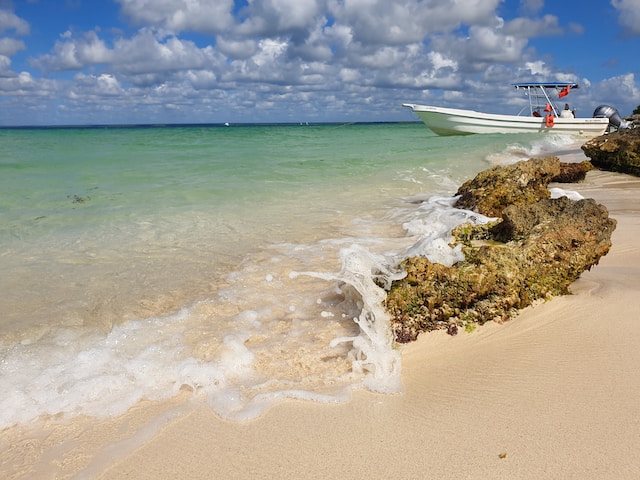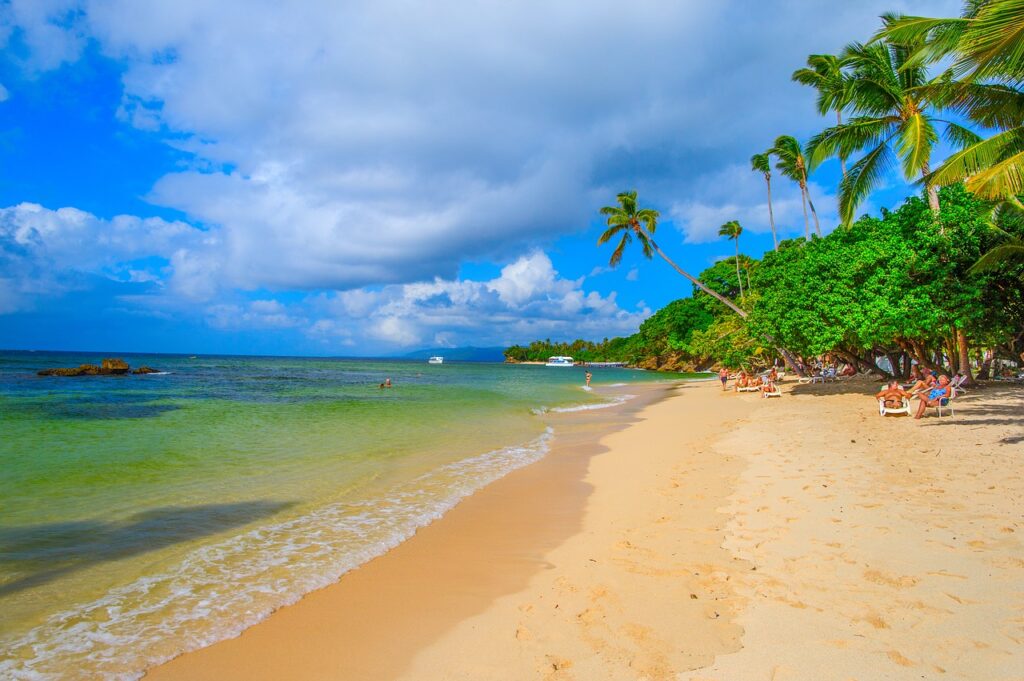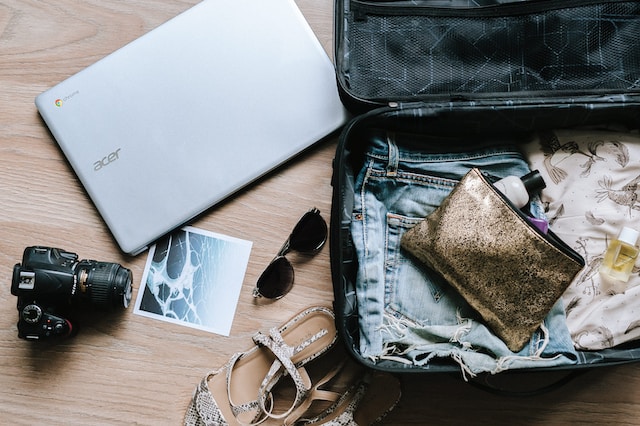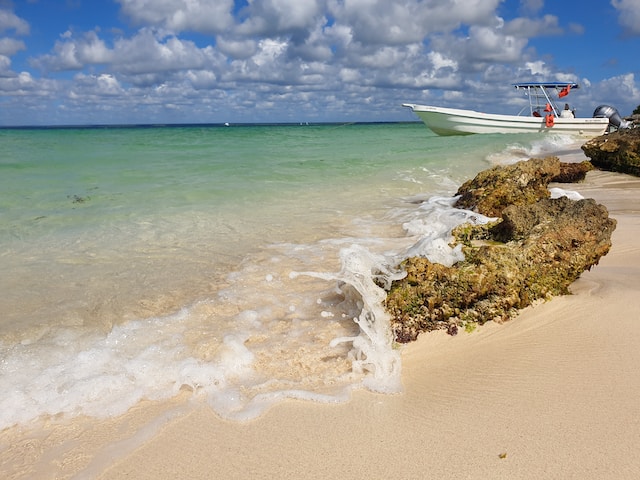
Staying Safe While Traveling in the Dominican Republic:
Each year, this Caribbean destination is frequented by almost 7 million people, several of whom stay again after their experience. Regardless of whether you choose all-inclusive or self-guided, a trip to the Dominican Republic is safe, although, as with anywhere else, there are a number of basic precautions that can be outlined for you to be staying safe, Let’s dive deep into Safety in Dominican Republic, Traveling in the Dominican Republic island:
CLIMATE
Due to its unique location in the Caribbean, the Dominican Republic is a destination with year-round sunshine. Regardless of whether in the high-altitude regions or the cities, there rarely no blue skies during the day.
During December and into early March, corresponding to the harshest winters in North America and Europe, the Dominican Republic’s weather is the most enjoyable. Days and evenings feature gentle breezes and temperatures as low as 21°C (70°F), whereas daytime temperatures fluctuate between 27°C (77°F) and 30°C (86°F). Highland areas of the country, such as Jarabacoa and Constanza, can see temperatures drop even lower, with days starting at 10°C and some nights below freezing.

LANGUAGE
One of the most common languages in the Dominican Republic is Spanish. As with many of their Latin counterparts, local Dominicans are known for having their own accents, dialects, colloquialisms, and idioms. In particular, they are known for speaking in an astonishingly fast speech, delivering a speech at a thousand words a minute. For example, they abbreviate, skip syllables, and neglect to pronounce certain letters, like the plural “s” (e.g., they say La Terrena when referring to Las Terrenas).
Knowing no Spanish is not a problem: conversational English is widely spoken in tourist areas. Local tour guides and hotel staff in many regions are also fluent in multiple languages, including Italian, French, German, Russian, and others.

THINGS TO PACK
When packing for travel to the Dominican Republic, that means carrying an adequate clothing selection, suitable for your chosen destination. Take your swimwear, long-sleeved cotton sun protection, and cotton shorts for the beach, although pack casual daywear for city sightseeing, while avoiding wearing shorts in Santo Domingo, or for going into places of interest. Keep in mind that walking around in swimwear is acceptable on the beach, by the pool, or in the outdoor resort areas, but not in the streets, supermarkets, or resort restaurants.
For the mountain villages of Jarabacoa and Constanza, as well as the hills of Puerto Plata, remember that you’ll need long sleeves, a jacket, and warm sweatpants for coverage on hikes, especially since temperatures are cooler in these places; evening and morning temperatures are chilly.
As a modern destination, the Dominican Republic offers everything you’ll need in the multiple shopping malls in the center of major cities across the country, ranging from toy shops to clothing shops, drugstores, and supermarkets. Please note that expensive imported items will cost more than in their country of origin.

CURRENCY
The national currency is the Dominican Peso (RD$). Rates fluctuate according to the day and the location of the exchange point.
Use these numbers as a rough guide:
RD$100 = US$2
RD$500 = US$10
RD$1,000 = US$20
United States dollars and euros should be easily exchanged at banks or authorized exchange bureaus throughout the country. The following currencies are also accepted by some exchange bureaus: Canadian dollar, Swiss franc, Danish krone, British pound, Japanese yen, Scottish pound, Swedish krona, and Norwegian krone.

WATER
You should not drink tap water, and neither should you drink water from the shower. Always buy bottled water to drink. Hotels frequently provide a couple of free bottles a day for each room or have bottled and purified water with a dispenser available for guests’ use. Drinking water can be easily purchased at local grocery or corner shops and supermarkets.

SHIELDING FROM THE SUN
In the Caribbean, the sun is very strong, despite the cloudy days. Be it on the beach, sailing, or walking around town, be sure to wear sunscreen at all times. Ideally, bring your favorite brand. While you can buy sunscreen locally, chances are you won’t find the brand you prefer and it’ll be more pricey in souvenir shops and resorts.
Use mosquito repellent to prevent insect bites when hiking, at sunset at the beach, or staying in the countryside. It is recommended to wear long-sleeved shirts or cotton walking bottoms.



0 Comment